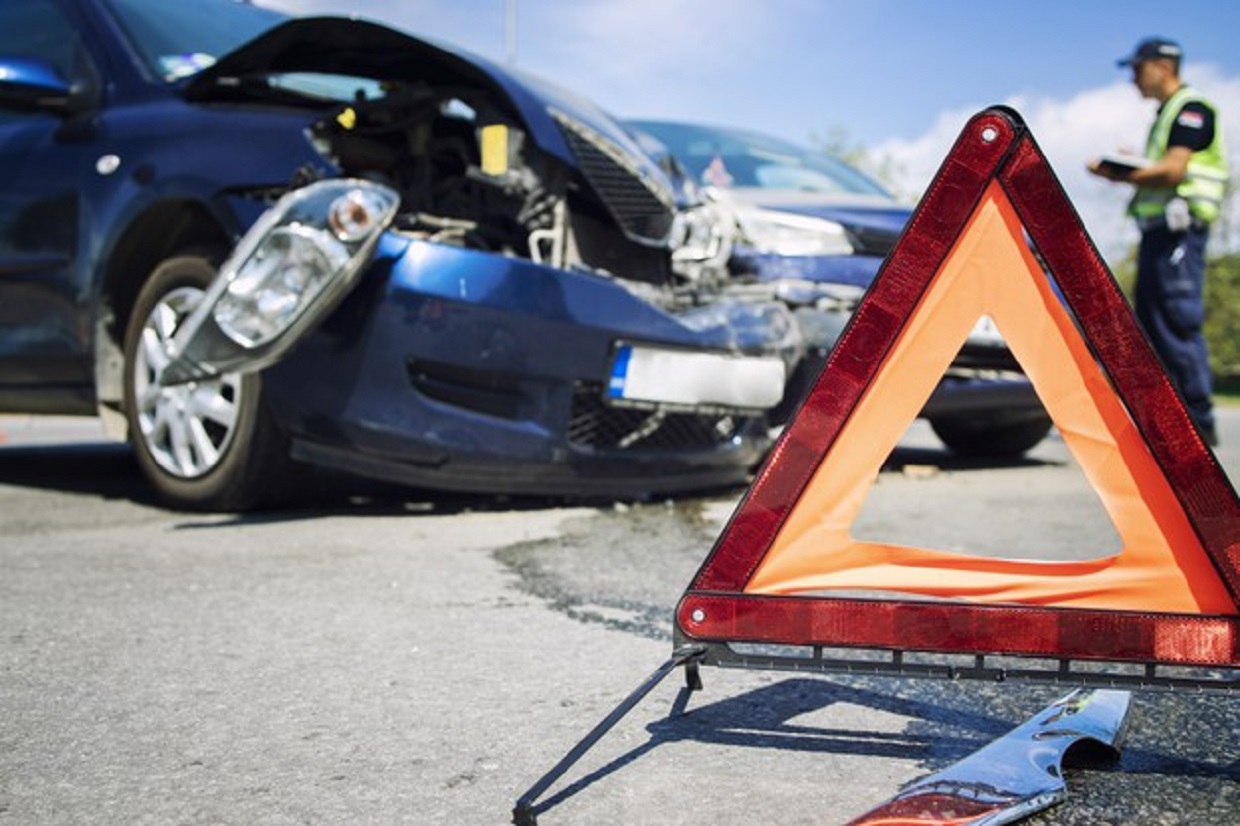
Few details were available about a serious two-car collision in Wyandanch that killed one person and injured several others.
The force of the collision caused one of the vehicles to leave the road, barrel through a fence, and onto a nearby lawn. Another vehicle was crushed so badly when it hit a utility pole that first responders had to use the Jaws of Life to extricate the victims from the wreckage.
The wreck occurred near the intersection of Little East Neck Road and Straight Path.
Partially, a New York personal injury attorney files legal claims in these situations to help victims obtain closure and move on with their lives. However, these claims do not "blame" anyone for an accident. Instead, the legal case is mostly about holding people responsible for the accidents they cause. We all make mistakes, and we are all responsible for the mistakes we make. If I unintentionally forget my wife's birthday, I must somehow make amends. If I unintentionally cause a crash, I, or rather my insurance company, must pay fair compensation.
First, let's look at injury claims. The average economic losses in a serious injury car wreck claim usually exceed $100,000. Medical bills make up the bulk of these costs. Some of the serious injuries in a vehicle collision include:
As if the injuries themselves weren't bad enough, these victims must also deal with significant financial pressure. Typically, group health insurance companies refuse to pay injury-related costs. If there is a chance a third party, like an auto insurance company, might pay, health insurance companies rarely write checks. Paying out of pocket is usually not an option. Most families have less than $1,000 in savings.
A New York personal injury attorney addresses this financial concern. Lawyers usually send letters of protection to insurance companies. So, the providers defer collection until the case is over, since these letters guarantee payment when the matter is resolved.
Property damage claims are normally straightforward. Sometimes, there's a dispute as to whether the vehicle is totaled or repairable. Furthermore, items like the family car have an emotional value on top of their financial value. The insurance company is usually responsible for both.
Lost wages, the final major category of economic damages, are normally straightforward as well. Sometimes, however, lost wages are really lost productivity, which is a bit more difficult to measure.
Now, let's examine wrongful death claims. New York law usually limits wrongful death claimants to pecuniary losses. This category usually includes:
No amount of money can possibly fill the void a wrongful death creates. However, the available compensation helps survivors pick up the pieces and move on, which is what the decedent would have wanted.
Survivors might be eligible for compensation for their own noneconomic losses, under a separate theory like negligent infliction of emotional distress.
Speaking of noneconomic losses, in both wrongful death and serious injury claims, this category usually includes pain and suffering, loss of enjoyment in life, emotional distress, and loss of consortium (companionship). To determine a fair amount, most lawyers multiply the economic losses by two, three or four, depending on several factors, such as the facts of the case.
Compensation is often difficult to ascertain in a wrongful death matter. It's difficult for anyone to put a price tag on something like lost future emotional support. So, attorneys often partner with accountants, psychologists, and other outside professionals in these situations.
This compensation is available if the victim/plaintiff proves negligence, or a lack of care, by a preponderance of the evidence, or more likely than not.
Medical bills, witness statements, and the police accident report usually make up the bulk of the evidence in a car wreck claim. However, this proof is sometimes incomplete or inaccurate.
The police accident report is a good example. Frequently, individual emergency responders write these reports. No matter how experienced these individuals are, they are not accident reconstruction professionals. Additionally, emergency responders are not there to collect evidence for future lawsuits. Finally, if the victim was killed or catastrophically injured, the report's narrative section only includes one side of the story.
Electronic evidence, such as a vehicle's Event Data Recorder, frequently fills the gap in these situations. A vehicle's EDR functions like a commercial jet's black box flight recorder. Depending on the make and model, EDRs measure and record information like steering angle and vehicle speed.
This electronic evidence is often very compelling in court. If the device was working properly, insurance company lawyers usually cannot successfully challenge EDR evidence. Furthermore, electronic proof usually resonates very well with tech-savvy jurors.
Vehicle collisions often cause serious injuries. For a free consultation with an experienced personal injury lawyer in New York, contact the Pianko Law Group, PLLC. You have a limited amount of time to act.